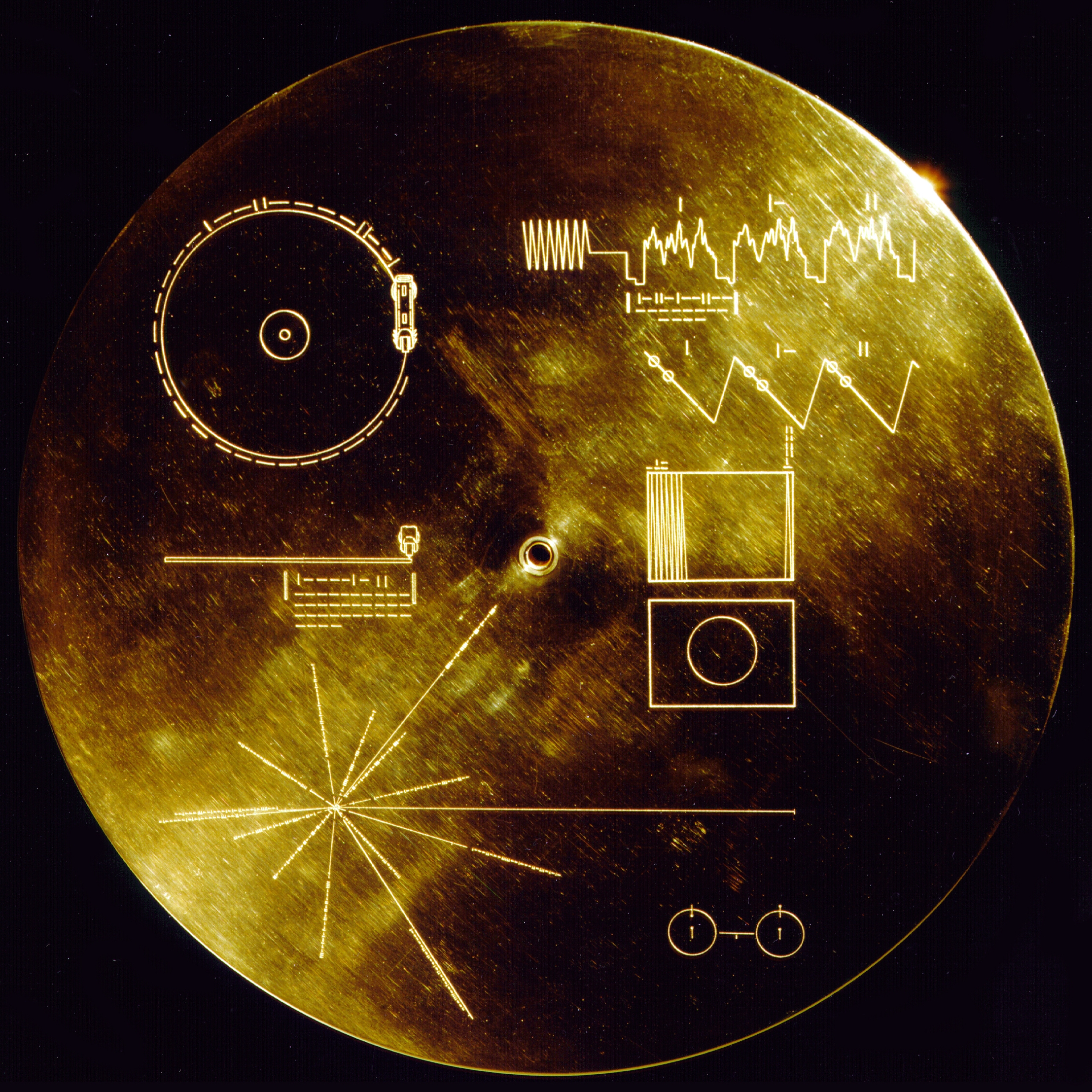In a clean environment, we like to imagine that the air is pure, without dust and dirt floating through it. Say you’ve just finished cleaning your home, top to bottom. With some of today’s chemical agents, your living space may acquire a ‘fresh’ or ‘clean’ scent. But does this mean the air is pure? Whether you realize it or not, the air is constantly filled with molecules that are being given off by the objects around you. These molecules can travel their way up your nose when you inhale. The particles then find their ways to small hair-like sensors called “Cilia” which they bond with, and your body interprets the information as a smell. There are thousands of smells that the human nose alone can recognize, but we are not the only creatures with this ability.
The sense of smell (or Olfaction) in humans is used for many different purposes. Anyone who’s ever been to a gym could tell you that deodorant is a must. But instead of simply trying to mask their scents, people often go beyond, and try to apply smells to themselves that they enjoy (or that they think others will enjoy) smelling. We also attempt to change the scents of the things around us. Scented candles, incense, car/air fresheners, detergent, the list goes on. Some of these methods have been in use throughout history. But even so, is smell simply an aesthetic enhancer, or are there other reasons to possess such an interesting ability?
Animals often have senses of smell far superior to humans. Dogs, for example, can smell anywhere from 10,000-100,000 times better than humans, one quote succinctly putting this figure into perspective: “If you make the analogy to vision, what you and I can see at a third of a mile, a dog could see more than 3,000 miles away and still see as well.” (Tyson, 2012)
Even if you’re not a mathematician, if you compound this with the previous statistic of how many smells a human can perceive, it seems our understanding of this sense as a species really only scratches the surface of its potential.
Animals in the wild use scent for any number of purposes, including: detection of predators, finding mates, locating food, and even communication. Many species rely heavily on scent, and may have (comparatively) poor vision, but animals with good noses make up for what they lack. Dogs, for example, cannot speak the way humans do, but can communicate using what are called Pheromones, which are a type of scent a species can produce, usually to elicit a response from a member of the same species. Animals may use these pheromones to express a range of things, like mood, territory, sexual availability, and gender, among other things. For some species, like the ant, scent communication is so important, that they can be tricked into believing a fellow ant is dead, and carry them off to an “Ant Graveyard”, when in reality, the “dead” ant is still alive. (Krulwich, 2009)
Ever since these kinds of discoveries, people have wondered if humans, too, might use this form of communication. Studies in which scientists collect sweat from participants and offer the samples to be smelled by others suggest that humans may indeed be subconsciously aware of things such as gender, or compatibility. The theory behind this is that humans may use these senses to locate or determine potential mates, by deciding whose immune system would complement their own, in order to create healthy offspring. In a particular study to see whether smelling tears would create empathy, researchers asked women to watch a sad movie, and actually managed to gather the women’s tears (which sounds like a bizarre ingredient in a potion). They placed the tears in an unlabeled container and other participants were allowed to sniff them. Although they did not seem to elicit an empathetic response, men’s testosterone levels and sexual arousal dropped after smelling the samples. (Everts, 2012)
Some have decided that if there is a scent to turn someone ‘off’, that there must be one to do the opposite. As the saying goes, “Sex sells,” and as research into human pheromones grows, so too does the market for products that advertise being able to enhance your sex appeal through pheromones. Although these products claim to be scientifically backed, there is still no definitive research in this area so far. This does not mean, however, that people don’t respond to the smells of others, and perfumes, colognes, and body sprays still remain quite popular.
The world of smell, through the good and the bad, can be a fascinating place. We clearly should continue to research and to discover to what full extent humans can use it to communicate.
Sources:







